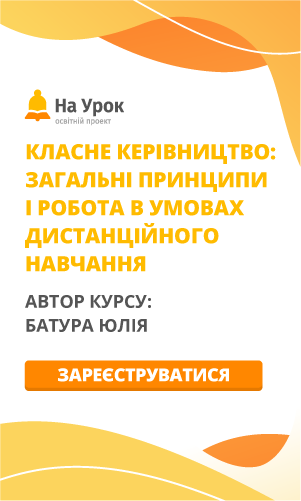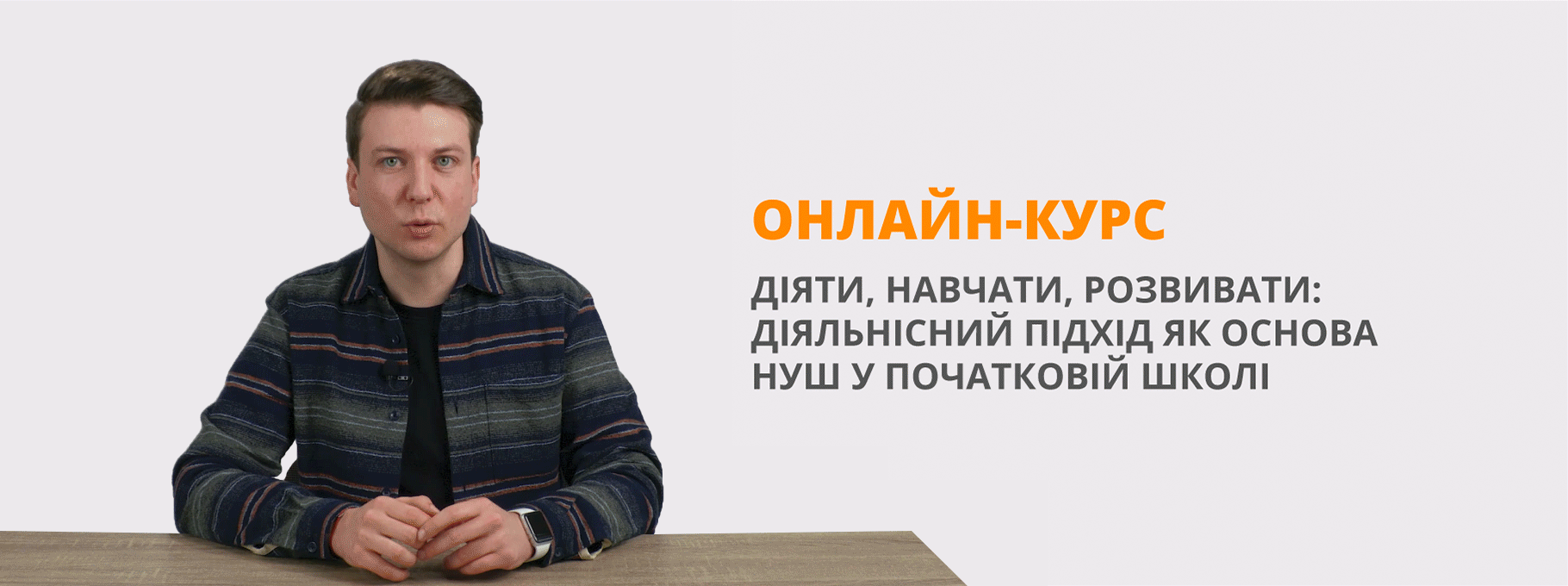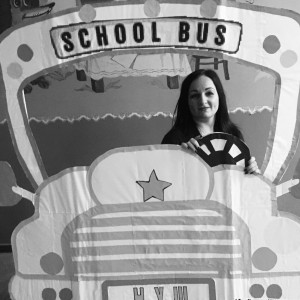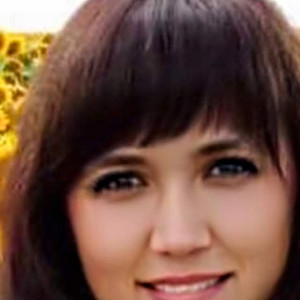Контроль читання за І семестр для 8 класу
Reading 8th grade
A core curriculum/schedule - обов'язковий розклад a term - чверть
a school curriculum – додаткові заняття an assembly - загальні збори
SCHOOLS IN UKRAINE and GREAT BRITAIN
My name is Irene and I’d like to tell you about schools in Ukraine. The right to education in Ukraine is guaranteed by the Constitution (Article 53). Every boy or girl must get secondary education; it means that secondary education is compulsory in our country. There are state schools where education is free of charge and private schools where pupils have to pay for their studies.
I live in Poltava. I study at a secondary school. My school was built more than twenty years ago. When I was ten I left primary school and went to a secondary one. C Now I am thirteen and I am a pupil of the eighth form. We go to school from Monday to Friday. We usually have six or seven lessons a day.
Every school has a core curriculum and a school curriculum. The core curriculum includes such subjects as Maths, Ukrainian and World Literature, Physics, History, Geography, English, German, Ukrainian and other subjects.
According to the school curriculum we can choose extra subjects such as Computer Studies, Psychology, Economics, and Ethnography. We’ve got Art, Music and Physical Training. I am good at all of them.
Lessons begin at 8 a.m. and last to 1 or 2 p. m. We have some breaks for lunch and rest. Teachers give us home tasks after each lesson.
The school year in Britain starts in September. The lessons last 40-45 minutes. British pupils wear a school uniform. The favourite colours are blue, grey, black and green. The first foreign language they learn at school is French. Sometimes they also learn a second foreign language: German, Spanish. British students have ten- day Christmas and Easter holidays and six –week summer holidays. Schools also have special half-term holidays in the middle of each term.
Schools in England and America use their own marks: letters or percentage A -excellent, B – good, C – satisfactory, D – bad, E – poor.
In most English schools forms start only at the secondary school, at the age of eleven. So at the age of twelve British students go to the second form. At the age of twelve Ukrainian students go to the sixth form.
The school day starts with assembly. All schools organise a short daily meeting for the whole school to give important information. Children have 5 lessons in the morning and 2 after lunch. The five minutes between lessons are not a break. Pupils must use this time to move quickly to the next lesson. During the lunch hour pupils have time to do many things besides eating. They can also read in the library, participate in clubs or sport, and go home.
TASK I
Which statements refer to schools in Ukraine (U) and which ones to schools in Britain (B)
1. Secondary education is compulsory.
2. The right to education is guaranteed by the Constitution (Article 53).
3. Every school has a core curriculum and a school curriculum.
4.The school uniform is compulsory and can be blue, black, green or grey.
5. Children have 5 lessons in the morning and 2 after lunch.
6. Lessons begin at 8 a.m. and last to 1 or 2 p. m.
7. Schools use their own marks.
8. One of the subjects is Ethnography.
9. The school day starts with assembly.
10. Teachers give students home tasks after each lesson.
11. At the age of twelve students go to the second form.
12. At the age of twelve students go to the sixth form.
13. There are state and private schools.
TASK II
Mark the following statements true or false.
1. In Ukraine school day starts with assembly.
2. British pupils go to school on Saturday.
3. There are schools only for boys and only for girls in Britain.
4. British schoolchildren don't study foreign languages.
5. The marking system in Britain is the same as in Ukraine.
6. Science includes chemistry, physics, biology and mathematics in British schools.
7. Pupils can eat lunch in the school canteen.
8. British students have ten days at Christmas and Easter holidays.
9. In Ukraine pupils have homework after each lesson.
10. Black school uniform is compulsory in Ukrainian schools.
TASK III
Answer the questions
- What school do you attend?
- At what age do the Ukrainian children go to primary school?
- At what age do the British children go to nursery school?
- Where is a school uniform compulsory?
- What subjects are you good at?


про публікацію авторської розробки
Додати розробку

-

Вознюк Галина Юріївна
10.12.2024 в 22:35
Загальна:
5.0
Структурованість
5.0
Оригінальність викладу
5.0
Відповідність темі
5.0
-

Мілєніна Наталья
13.12.2023 в 21:23
Загальна:
5.0
Структурованість
5.0
Оригінальність викладу
5.0
Відповідність темі
5.0
-

Приймаченко Валентина Василівна
13.12.2023 в 20:09
Загальна:
5.0
Структурованість
5.0
Оригінальність викладу
5.0
Відповідність темі
5.0
-

Сікан Ірина Ігорівна
08.12.2023 в 21:19
Загальна:
5.0
Структурованість
5.0
Оригінальність викладу
5.0
Відповідність темі
5.0
-

Кравцов Ігор
13.11.2023 в 06:49
Загальна:
5.0
Структурованість
5.0
Оригінальність викладу
5.0
Відповідність темі
5.0
-

Кравченко Аліна Володимирівна
05.11.2023 в 23:09
Загальна:
5.0
Структурованість
5.0
Оригінальність викладу
5.0
Відповідність темі
5.0
Показати ще 3 відгука